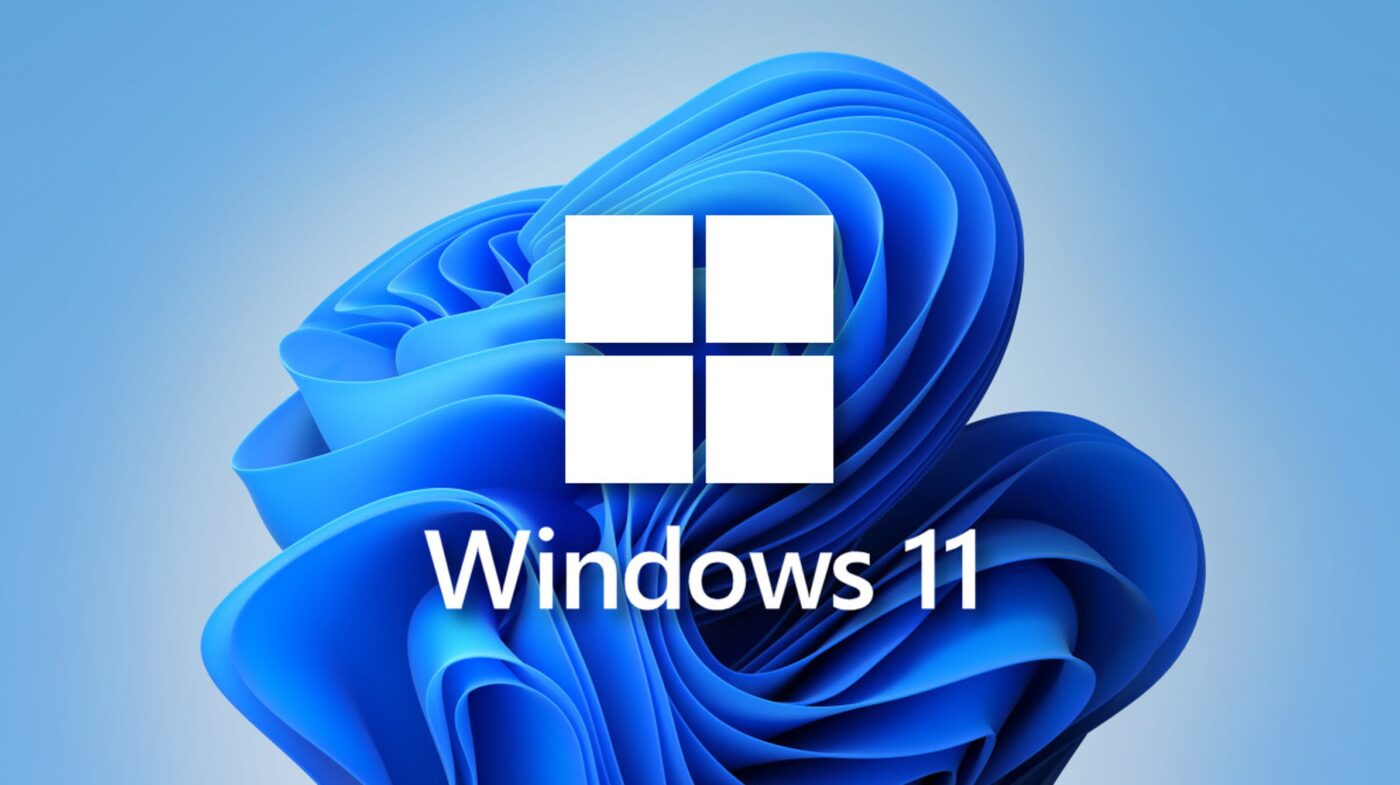Upgrading business computers to Windows 11 is a significant task that involves careful planning, compatibility checks, and execution. Here’s a step-by-step guide to help you through the process:
1. Check System Requirements:
- Ensure that the computers meet the minimum system requirements for Windows 11. This includes checking processor, RAM, storage, system firmware, graphics, and other specifications.
2. Consult with Stakeholders:
- Coordinate with management, IT department, and other relevant stakeholders to determine the right timing, budget, and strategy for the upgrade.
3. Review Licenses and Compliance:
- Check the licensing requirements for Windows 11 in a business environment.
- Ensure that the upgrade complies with all relevant regulations, policies, and industry standards.
4. Backup Important Data:
- Perform comprehensive backups of all critical data, settings, and configurations to minimize the risk of data loss.
5. Assess Compatibility of Applications:
- Review and test business-critical applications to ensure they are compatible with Windows 11. This may involve contacting vendors or using compatibility tools.
6. Prepare a Rollout Plan:
- Develop a detailed rollout plan that includes scheduling, deployment methods, user training, support, and contingencies.
7. Create a Test Environment:
- If possible, create a test environment to pilot the upgrade on a few systems first. This allows you to identify and resolve any issues before a full-scale rollout.
8. Perform the Upgrade:
- Implement the upgrade according to your plan, whether it’s a manual process or using automated deployment tools like Windows Deployment Services (WDS) or Microsoft Endpoint Configuration Manager.
- Consider user downtime and how to minimize disruption to business operations.
9. Provide Training and Support:
- Offer training and support to users, as they may need assistance with new features or changes in the interface.
10. Monitor and Evaluate:
- Continuously monitor the upgraded systems to identify and resolve any issues.
- Gather feedback from users and stakeholders to evaluate the success of the upgrade and make necessary adjustments.
Considerations and Warnings:
- Engaging with IT professionals who specialize in Windows deployments can be very beneficial, especially in a complex business environment.
- Ensure that all security features, policies, and configurations are correctly implemented in the new setup.
- Be cautious of potential challenges with legacy systems, hardware, or applications that may not be compatible with Windows 11.
- Keep open communication with users and stakeholders throughout the process, keeping them informed and addressing any concerns promptly.
By following a systematic approach and paying attention to detail, upgrading business computers to Windows 11 can be a smooth transition that brings enhanced features, security, and performance to your organization. Always consider the unique needs and constraints of your business to tailor the upgrade process accordingly.

